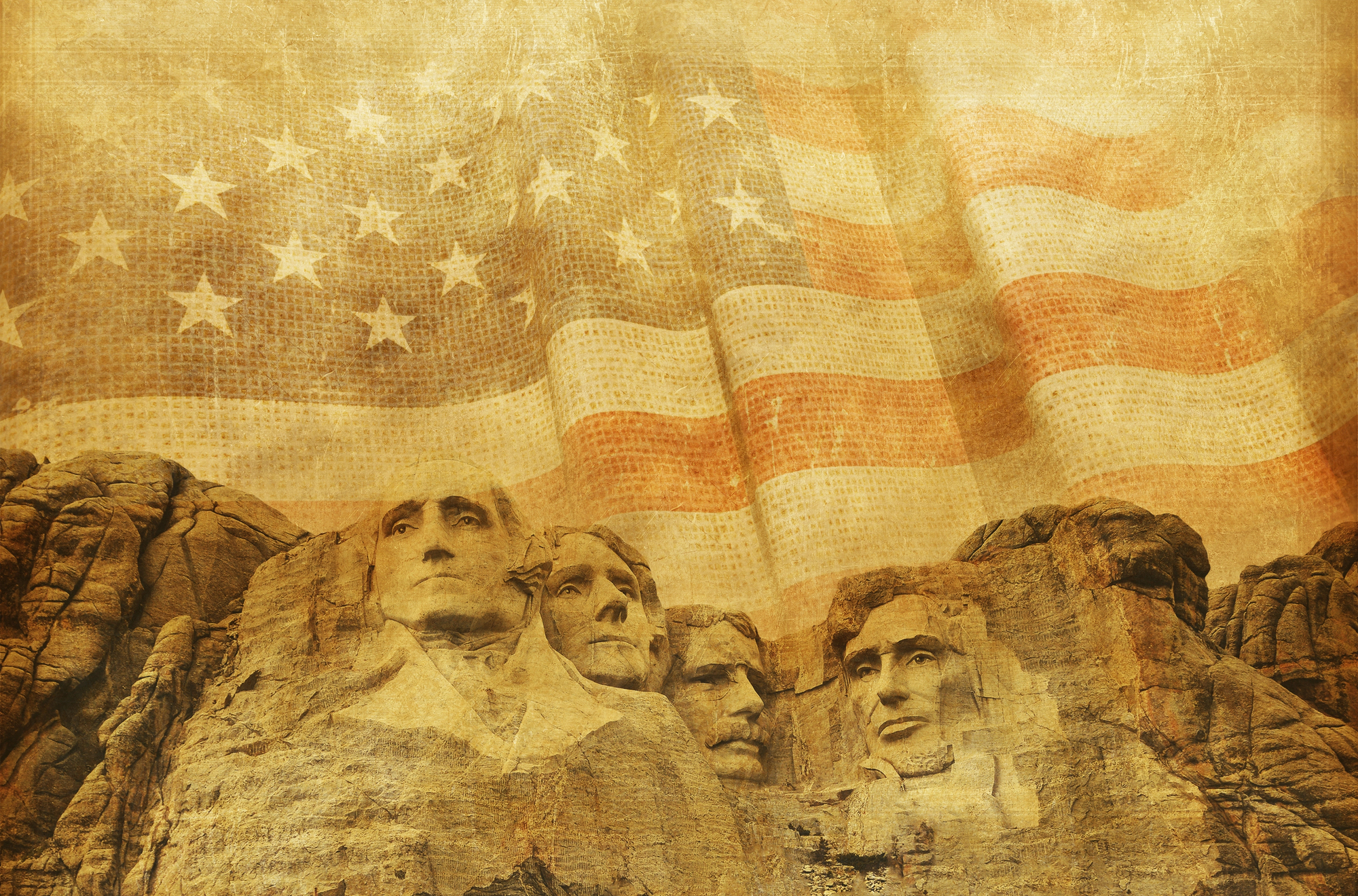
By Jay Bemis | Advertising Systems Inc.
Here’s a Presidents Day fun fact for you:
The Lincoln Bedroom in the White House is named after Abraham Lincoln, who used the room as his office and signed many important documents there, including the Emancipation Proclamation. Despite its name, he never actually slept there; the room was later converted into a bedroom and designated as a guest room for distinguished visitors.
——
For us, when Presidents Day begins to roll around each year on the third Monday of February, we often wonder whether some early president once was involved in making furniture, thanks to the spate of furniture and home furnishings ads we see on TV, online and in print.
Lore does tell us that George Washington chopped down a cherry tree; we know that Abraham Lincoln was quite the rail splitter in his early Illinois days, and, though he wasn’t really a furniture maker, Thomas Jefferson did design much of the furniture that bedecked his beloved Monticello in Virginia.
But no early president was really a furniture maker by trade — most of the early commanders in chief, like today, were from such professions as law, military service or land ownership.
Originally, Presidents Day was on Washington’s birthday and was established in 1879 to honor the first U.S. president, who was born on Feb. 22. Abraham Lincoln’s birthday Feb. 12 also would become a hallowed calendar date.
By the late 1960s, Washington’s birthday was one of nine federal holidays that fell on specific dates on different days of the week, according to the National Archives’ Prologue magazine.
Congress voted to move some of those holidays to Mondays, following concerns in part about absenteeism among government workers when a holiday fell midweek. But lawmakers also noted clear benefits to the economy, including boosts in retail sales and travel on three-day weekends.
The Uniform Monday Holiday Act thus took effect in 1971, moving Presidents Day to the third Monday in February, now seen as a time to honor all past presidents.
Once the act was passed, sales campaigns soared, Prologue notes, including the flurry of advertisements from the furniture and home furnishings industries that we see today.
Those advertisers — now joined by such other Presidents Day advertisers as car dealers and big-box discount stores — saw Presidents Day as a prime opportunity to boost sales between the period of wintertime holiday sales ending and the arrival of spring.
As the last holiday weekend ahead of spring, furniture dealers and their savvy marketing experts particularly see Presidents Day as the perfect time to convince consumers to apply some seasonal refreshes to their homes.
What George Would Have Thought
Seth Bruggeman, a history professor at Temple University in Philadelphia, told the Associated Press last year that Washington was quite aware of his inaugural role as president and its distinction from the British crown. He didn’t want to be honored like a king.
Yet, a market for Washington memorabilia sprang up almost immediately after his death in 1799 at age 67, with people snapping up pottery and reproductions of etchings portraying him as a divine figure heading to heaven.
Bruggeman said Washington and other founding fathers “would have been deeply worried” by how the holiday became taken over by commercial and private interests.
“They were very nervous about corporations,” Bruggeman said. “It wasn’t that they forbade them. But they saw corporations as like little republics that potentially threatened the power of The Republic.”
Historian Alexis Coe, author of “You Never Forget Your First: A Biography of George Washington,” meanwhile told the AP that Presidents Day now seems devoid of recognizable traditions, such as the parades and oratorical events that once marked the event in its earlier history.
“There’s no moment of reflection,” she said.
4 More Presidential Fun Facts for You
- Did you know that our nation’s second and third presidents, John Adams and Thomas Jefferson, respectively, both died on the same day? That day was the Fourth of July, 1826 — exactly 50 years after our country’s founders signed the Declaration of Independence.
President James Monroe, elected during that 50th-anniversary period, gave both of the predecessors a state funeral.
- Serving as our 32nd president, from 1933 to 1945, Franklin D. Roosevelt was our longest-serving commander-in-chief. He claimed to be distantly related to 11 other presidents, including his fifth cousin, Theodore Roosevelt, who was president number 26.
FDR’s wife, Eleanor, was his fifth cousin removed and the niece of Teddy. When FDR and Eleanor married in 1905, Theodore took a break from the White House to give Eleanor away.
- The “S” in the name of 33rd President Harry S. Truman was just an initial; it didn’t stand for any name. But it’s believed that Truman’s parents gave him the middle initial S to honor his grandfathers, Anderson Shipp Truman and Solomon Young.
(The “S” in President Ulysses S. Grant’s name didn’t stand for anything either.)
- When Donald J. Trump was elected as president this past fall, he would become just the second commander in chief to serve non-consecutive terms.
As presidents 45 and 47, Trump joined Grover Cleveland (presidents 22 and 24) in that non-consecutive category.
Cleveland defeated James G. Blaine in 1884, lost to Benjamin Harrison in 1888 (despite winning the popular vote) and then came back to defeat Harrison in 1892.
